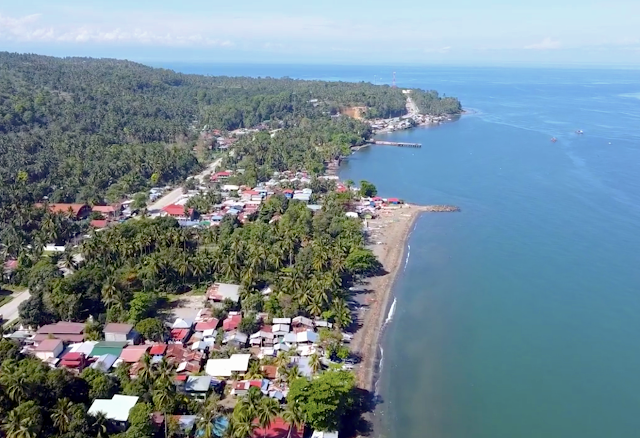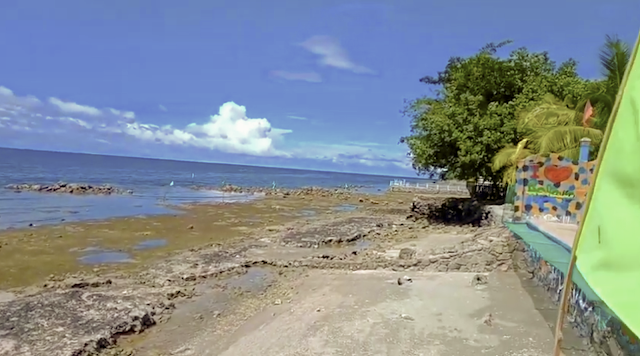Sugbongcogon is a 5th-class municipality in the province of Misamis Oriental, Philippines. As of the 2020 census, it has a population of 9,764 inhabitants. The age group with the highest population in Sugbongcogon is between 5 and 9 years old, with 1,138 individuals. Aggregated by age groups, persons 14 years of age and younger, including the dependent young population including infants/infants, children, and young adults/young adults, make up a total of 35. 42%.










